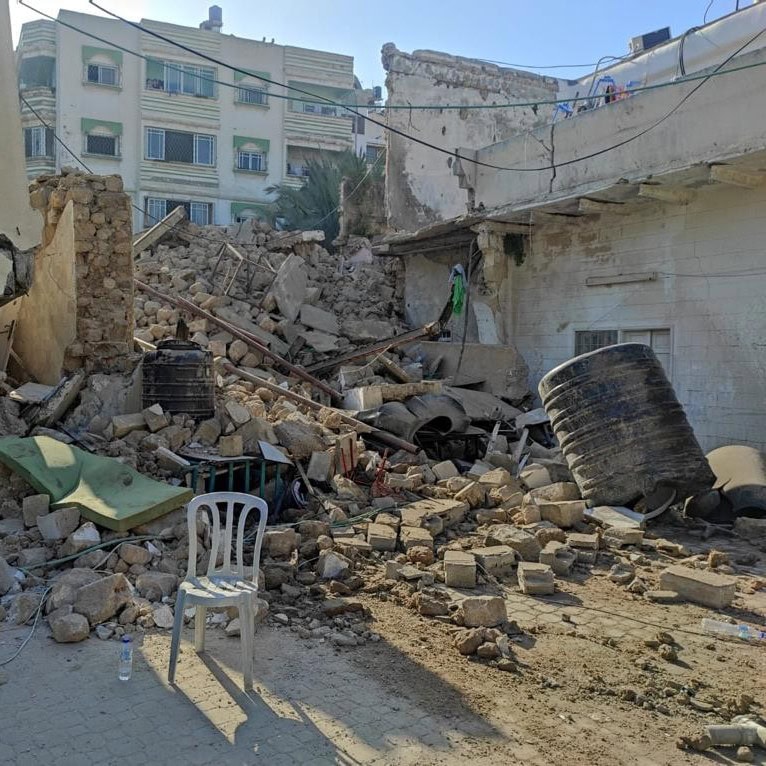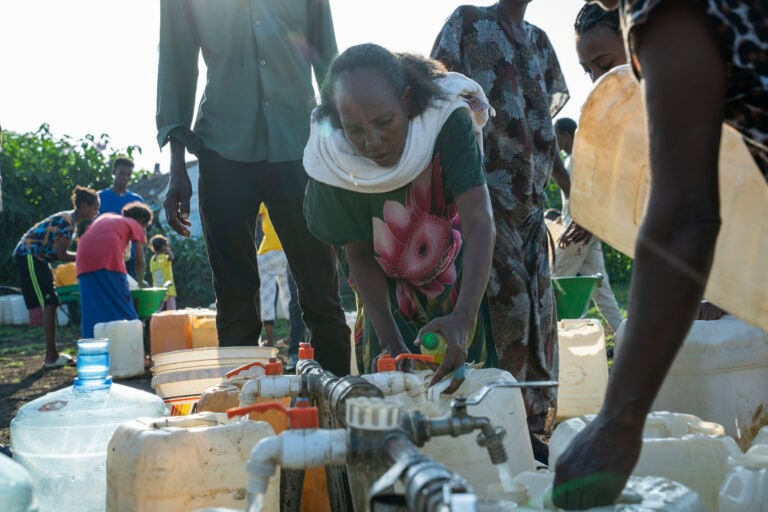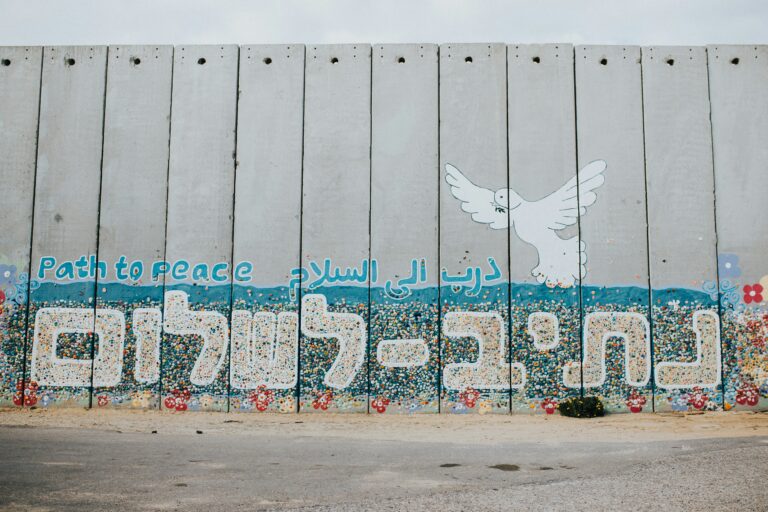We Become What We Normalise: Civilian Deaths and the Erosion of International Law
I recently finished reading David Lodge’s Out of the Shelter. On the surface it is a coming-of-age novel, following a boy from wartime London into the unsettled world of post-war Germany. But it contains a deeper current — the recognition of responsibility, complicity, and the complexity of guilt.
The protagonist’s dawning awareness is not just about love, sex, or freedom. It is about the discovery that history is morally ambiguous. Liberation came at a cost. Allied bombers did not simply free Europe; they also left German cities razed to rubble, killing civilians in their tens of thousands. The realisation lands heavily: our side was not innocent.
That moment of recognition has been echoing in my mind as I watch today’s wars unfold. In Ukraine, the deliberate targeting of cities is a central feature of Putin’s campaign. Apartment blocks, hospitals, power plants — places where life continues despite the fighting — are turned into instruments of terror. The tactic is not new. It belongs to the logic of total war.
And then there is Gaza. Tens of thousands of civilians have been killed, and entire neighbourhoods reduced to dust. A modern democracy, facing brutal attacks of its own, has responded with a force that obliterates the boundary between combatant and civilian. Justifications are framed in the language of necessity and security. Yet the outcome is a landscape where civilian life is treated as expendable.
The Fragility of Law
The parallels are not about equating causes or actors. They are about methods, and the danger of normalisation. During the Second World War, the deliberate bombing of civilian areas was not clearly defined as a crime under international law. The Hague Conventions prohibited the bombardment of undefended towns, but they had not anticipated aerial warfare on the scale that unfolded. Strategic arguments about industry and morale gave cover to actions that also carried the shadow of reprisal.
It was precisely that gap — the absence of clear legal limits — that gave rise after 1945 to the codification of International Humanitarian Law. The Geneva Conventions of 1949, and later their Additional Protocols, drew the hard lines: the principle of distinction between combatants and civilians, the prohibition of indiscriminate attacks, and the obligation of proportionality.
Those guardrails are weakening today. In Ukraine they are ignored outright. In Gaza they are cited, but stretched well beyond their limit. The more breaches are tolerated, the more the rules risk becoming empty words. And once the rules are hollow, the slide towards total war is faster.
It was my wife who expressed the danger in words that stayed with me: we become what we normalise.
Lodge’s novel does not preach. It simply shows a young man seeing with new eyes. That act of seeing is the beginning of moral adulthood. The same challenge faces us now. Can we look honestly at the violence carried out by those we support or align with? Can we resist the comfort of selective outrage — condemning atrocities when enemies commit them, excusing them when allies do?
The temptation is always to look away, or to tell ourselves that this time is different. Yet history suggests otherwise. What one generation tolerates, the next may repeat. When taboos are broken, practices once beyond the pale can return. The line between necessary force and crimes against humanity is not fixed. It depends on whether societies insist on defending international law — or whether they accept its erosion as inevitable, or even desirable.
If we fail to defend those norms, we may find that by the time today’s wars end, we have quietly redrawn the line once more. And redrawn ourselves with it.
These are my personal reflections on our times. They do not necessarily represent the views of ACT Alliance EU members.



